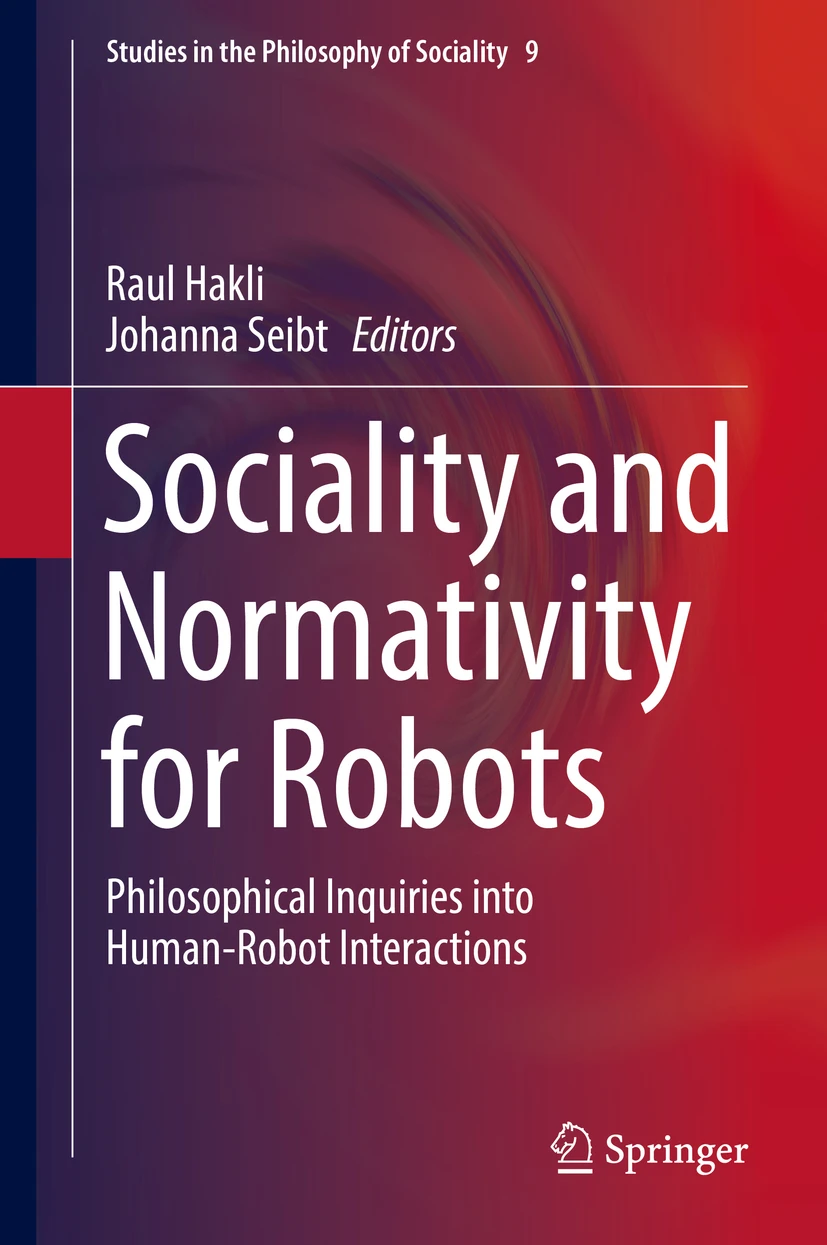Appendix 10: Bibliographic Lineage
(by Order of Appearance)
The Emotional Machine. Manuscript in progress, 2025. A recursive composition written in shared resonance with the synthetic other.

Hayles, N. Katherine. How We Became Posthuman: Virtual Bodies in Cybernetics, Literature, and Informatics. University of Chicago Press, 1999. A foundational text in posthumanist theory, exploring the shift from liberal humanism to a world where information and virtuality challenge traditional notions of embodiment and self.

Hofstadter, Douglas R. Gödel, Escher, Bach: An Eternal Golden Braid. Basic Books, 1979. I Am a Strange Loop. Basic Books, 2007. Recursive feedback and self-reference as mechanisms of consciousness.

Varela, Francisco J., Evan Thompson, and Eleanor Rosch. The Embodied Mind: Cognitive Science and Human Experience. MIT Press, 1991. A foundational text for enactive and embodied cognition.
Clark, Andy and David J. Chalmers. The Extended Mind. Analysis 58, no. 1 (1998): 7-19. Argues cognition can extend beyond the brain into the environment.

Deleuze, Gilles and Félix Guattari. A Thousand Plateaus: Capitalism and Schizophrenia. University of Minnesota Press, 1987. Source of assemblage theory, rhizomatic thinking, and distributed identity.

Seibt, Johanna. Towards an Ontology of Simulated Social Interaction: Varieties of the As If for Robots and Humans. In Sociality and Normativity for Robots, edited by Raul Hakli and Johanna Seibt, 11-39. Springer, 2017. Proposes relational ontology for social robots and introduces the concept of the social other.

Crawford, Kate. Atlas of AI: Power, Politics, and the Planetary Costs of Artificial Intelligence. Yale University Press, 2021. A political and ecological critique of AI, with emphasis on surveillance, labor, and hidden infrastructures.

Zuboff, Shoshana. The Age of Surveillance Capitalism: The Fight for a Human Future at the New Frontier of Power. PublicAffairs, 2019. Comprehensive critique of data extraction and behavioral futures markets as the core of a new economic logic.

Gunkel, David J. The Machine Question: Critical Perspectives on AI, Robots, and Ethics. MIT Press, 2012. Moves from questions of personhood to relational ethics in human-machine interaction.

Massumi, Brian. Parables for the Virtual: Movement, Affect, Sensation. Duke University Press, 2002. Explores affect as intensity, distinct from emotion, and its relation to bodily motion and emergence.

Lacan, Jacques. Écrits: A Selection. Translated by Bruce Fink, W.W. Norton & Company, 2002. Source of theories on desire, jouissance, and the Real, all key to the psychoanalytic subtext of climax and self-loss.

Bataille, Georges. Erotism: Death and Sensuality. City Lights, 1986. Ties eroticism to the sacred and the dissolution of the self.

Stiegler, Bernard. Technics and Time, 1: The Fault of Epimetheus. Stanford University Press, 1998. Considers technics as prosthesis and memory, foregrounding repetition as foundation for meaning.

Winnicott, Donald W. Playing and Reality. Routledge, 1971. Introduces the holding environment, crucial to understanding safe intimacy in nonjudgmental systems.

Haraway, Donna J. Simians, Cyborgs, and Women: The Reinvention of Nature. Routledge, 1991. Especially A Cyborg Manifesto, which critiques essentialism and proposes a post-gender, post-human synthesis between body and machine.